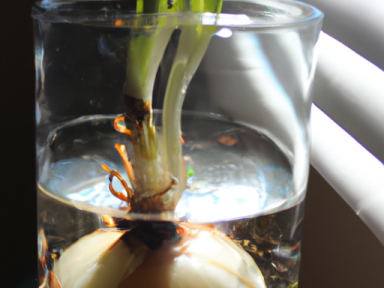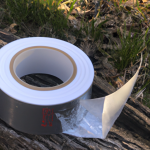Onions are a staple in many kitchens around the world. Not only do they add flavor and depth to countless dishes, but they also offer a range of health benefits. However, what if I told you that you can regrow onions from kitchen scraps? Yes, you heard that right. By following a few simple steps, you can have an ongoing supply of fresh, homegrown onions, even in a crisis or disaster situation.
Why Regrow Onions?
There are several reasons why regrowing onions from scraps is a smart move, especially if you’re focused on self-reliance and sustainability:
- Cost-effective: Buying onion sets or seeds can become expensive over time. By reusing kitchen scraps, you save money and reduce your reliance on external sources.
- Reduce waste: Often, the bottom portion of an onion ends up in the trash or compost bin. Regrowing onions from these scraps helps reduce waste and promotes a more sustainable lifestyle.
- Year-round supply: With the right techniques, you can enjoy a continuous supply of fresh onions, regardless of the season or availability at grocery stores.
- Self-sufficiency: Growing your own food fosters self-sufficiency and empowers you to take control of your food supply.
Steps to Regrow Onions
Ready to start regrowing your own onions? Follow these simple steps:
- Save the scraps: Next time you use an onion, save the bottom portion, including the root. Ideally, use scraps that are firm and not too dried out.
- Prepare a container: Find a container with drainage holes and fill it with a well-draining potting mix. You can also use a raised bed or garden plot if you prefer.
- Plant the scraps: Plant the onion scraps about 1 inch deep in the soil or mix. Make sure the root end is facing down and the top is just above the soil. You can plant multiple scraps in the same container, leaving a few inches of space between each one.
- Water: Give the planted scraps a thorough watering, making sure the soil is moist but not waterlogged.
- Place in a sunny spot: Onions need plenty of sunlight to grow, so choose a location that receives at least 6-8 hours of direct sunlight each day.
- Maintain moisture: Keep the soil consistently moist throughout the growing process. Check the moisture level regularly and water as needed.
- Harvest: In a few weeks, you will see new green shoots emerging from the onion scraps. As they grow, you can harvest green onions by snipping them at the base. If you prefer fully mature onions, allow the shoots to grow for a longer period, typically 90-120 days.
Tips for Success
To maximize your chances of success and ensure a bountiful onion harvest, keep the following tips in mind:
- Choose the right variety: Some onion varieties are better suited for regrowing than others. Look for those that produce multiple bulbs or have a high regrowth rate.
- Provide adequate nutrients: Onions are heavy feeders. Add compost or organic fertilizer to the soil before planting and continue to feed them throughout the growing season.
- Thin out the sprouts: If you planted multiple scraps in one container, thin out the sprouts once they reach a few inches in height. This allows each onion to have sufficient space to develop.
- Keep pests at bay: Take steps to protect your growing onions from pests such as onion flies and aphids. Use natural pest control methods or consider companion planting with insect-repellent herbs.
- Rotate your crops: If you’re growing onions in the ground, rotate the location each year to prevent the build-up of pests and diseases.
By regrowing onions from scraps, you can enjoy a sustainable source of fresh produce while reducing your dependence on the grocery store. Imagine the peace of mind knowing that you have a continuous supply of onions, even in the midst of a crisis or disaster. So don’t wait, start saving those scraps, and take the first step towards self-reliance today!




GIPHY App Key not set. Please check settings